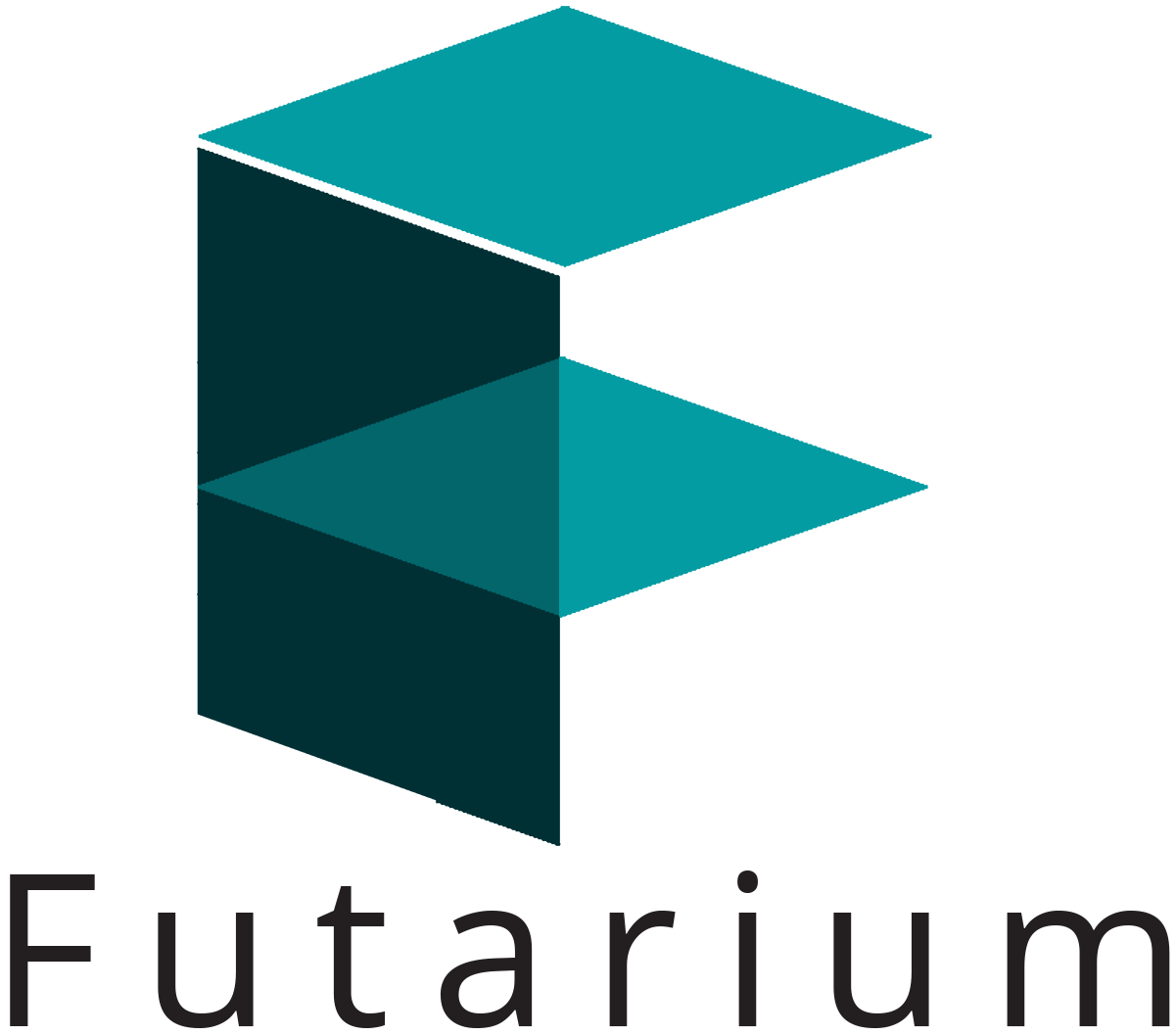Emerging technologies, such as artificial intelligence, machine learning, and the Internet of Things, are driving significant changes in many industries and creating new job roles and skill sets. As a result, there is often a gap between the skills and knowledge that are currently taught in universities and those that are in demand in the job market.
There are a number of ways that individuals and organizations can try to bridge this gap and ensure that they have the necessary skills to succeed in the face of emerging technologies. Some possible strategies include:
- Lifelong learning: Engaging in lifelong learning and continuously updating and expanding your skills and knowledge can help you stay competitive and adapt to changing technology and job markets.
- Professional development: Seeking out professional development opportunities, such as training programs, workshops, and online courses, can help you gain the skills and knowledge needed to succeed in your field.
- Networking and industry partnerships: Building connections with industry professionals and forming partnerships with companies can help you stay informed about the latest trends and developments in your field, and can also provide opportunities to learn from experienced professionals.
- Collaboration and knowledge sharing: Collaborating with others and sharing knowledge and resources can help you stay up to date and learn from others who are also working to bridge the skills gap.
Overall, there are many ways that individuals and organizations can work to bridge the gap between the skills and knowledge currently taught in universities and those that are in demand in the job market in the face of emerging technologies.




